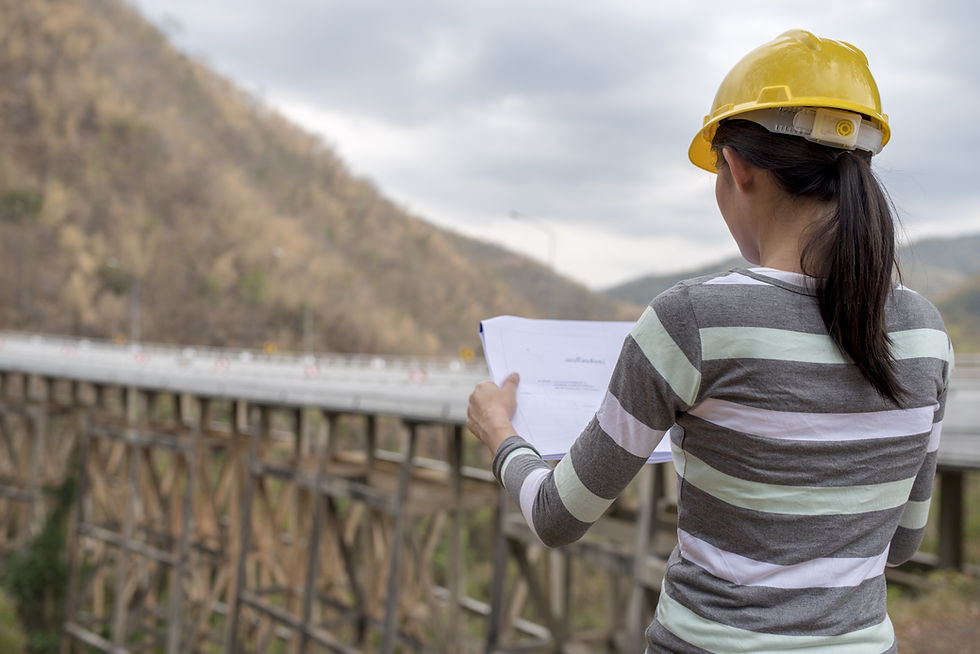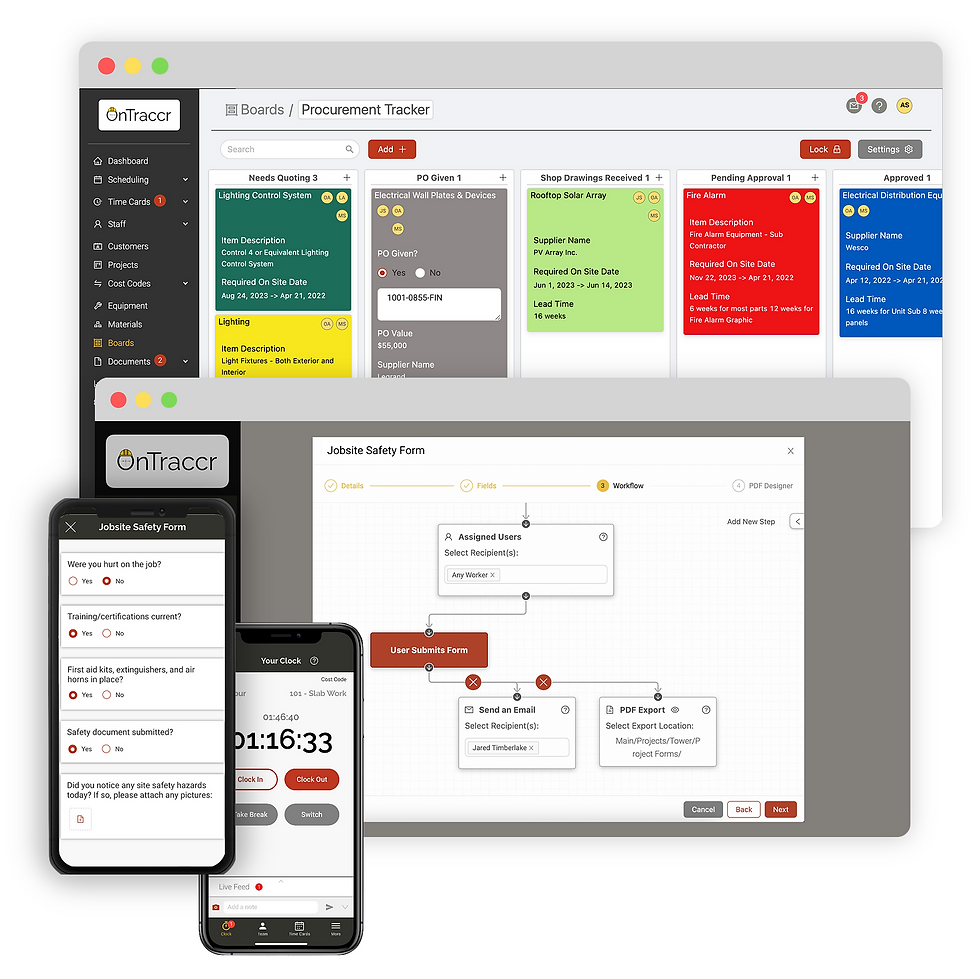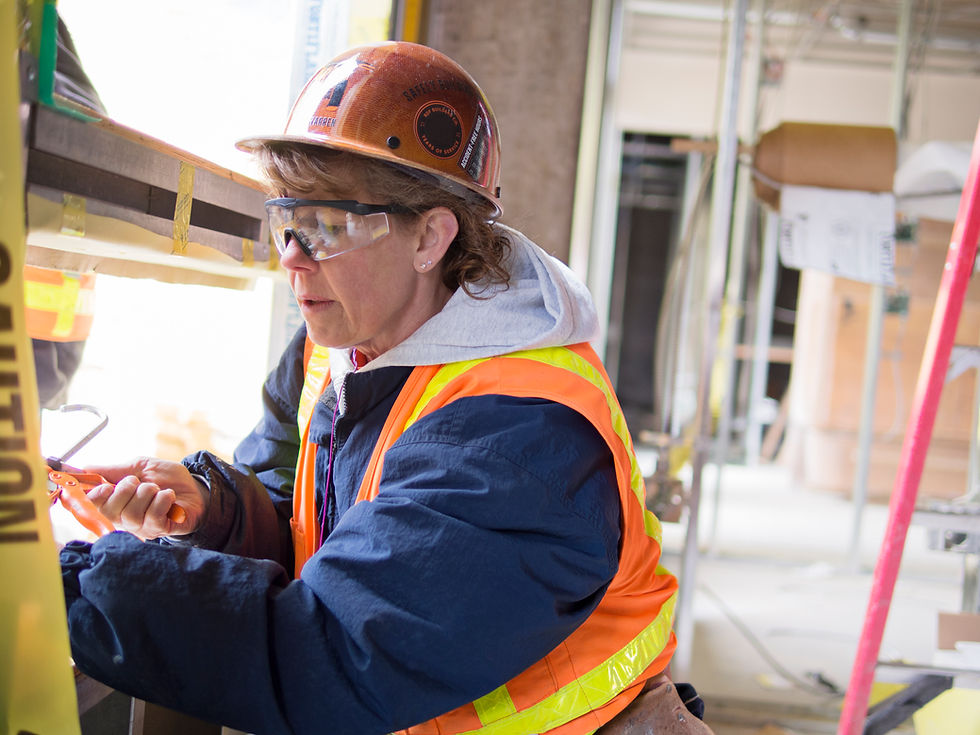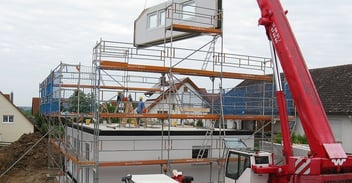Restoration-style construction projects present a unique set of challenges for contractors all over the world. Typically, these projects require a high level of attention to detail and expertise in historical preservation guidelines, as well as the ability to incorporate modern materials and techniques while maintaining the historical integrity of the building.
Despite the challenges, restoration-style construction can be a rewarding experience for both contractors and the community, as it helps to preserve important pieces of history.

In this article, we will explore some of the common problems faced in restoration-style construction projects and provide tips on how to overcome them.
Common Problems
1. Limited access and space on the worksite.
Restoration projects often involve working in cramped spaces with limited access. This can make it challenging to move materials, tools, and equipment around the site. In addition, working in an occupied building can also pose challenges, as the contractor may have to work around the occupants and avoid disruption to their daily activities.
2. Strict preservation guidelines that must be followed.
When working on historic structures, it is important to follow strict preservation guidelines to maintain the integrity and authenticity of the building. This can make it difficult to introduce modern materials and techniques while still preserving the original structure. Failure to comply with these guidelines can lead to legal and financial consequences, as well as damage to the building.

3. Hidden damage that can be costly to repair.
Many restoration projects involve repairing damage that is not immediately visible, such as hidden water damage or structural issues. These types of repairs can be time-consuming, expensive, ultimately causing delays in the construction process.
4. Difficulties in managing and tracking materials, tools, and equipment.
Restoration projects often require a large amount of materials, tools, and equipment to be managed and tracked. Keeping track of inventory, ordering materials, and managing the logistics of moving these items around the worksite can be challenging and time-consuming.

5. Maintaining accurate documentation and staying on top of changes and issues that arise during the construction process.
In restoration projects, changes and issues can arise frequently, and it is essential to maintain accurate documentation of these changes to ensure that the project stays on track. Failure to document changes can result in confusion, delays, and additional costs.

Tips
1. Use a software solution that allows you to automate your workflows.
Implementing a construction management software solution can help automate tedious and time-consuming tasks such as tracking materials, equipment, and labor costs. This not only saves time, but also reduces the risk of errors in your data. You can easily generate purchase orders and invoices, and keep accurate records of changes and issues that arise during the construction process. Whichever solution you choose, make sure that it is highly customizable and that you can tailor it around your unique needs so that you can maximize efficiencies for your team.

2. Use a central location for all project data.
Using a construction management software solution that provides a central location for all project data, including drawings, specifications, contracts, and documentation, ensures that everyone involved in the project has access to the most up-to-date information. This makes it easier to track all changes and issues in a timely manner, and can help reduce confusion and miscommunication between team members.
3. Utilize mobile apps to track materials and equipment.
Using a mobile app to track materials and equipment can help you stay on top of your inventory and receive alerts when items are running low or need to be reordered. You can also keep track of tools and equipment by using QR codes or other tracking methods. This helps to ensure that you always have the necessary items on hand, and reduces the risk of delays due to missing or lost equipment.
4. Use 3D modelling to help plan and visualize the construction process.
Using 3D modelling can help you identify potential challenges and solutions before arriving on the worksite. This not only helps to save time, but can also reduce the risk of errors and miscommunication. By overlaying virtual models onto the worksite, you can ensure accuracy and efficiency in the construction process.
5. Implement a system for tracking changes and issues.
In restoration-style construction, changes and issues can arise frequently, and it is essential to maintain accurate documentation of these changes to ensure that the project stays on track. This can be done by implementing a system for tracking changes and issues. This system should include a process for documenting and reporting changes, as well as a way to track the status of these changes. Using a construction management software solution like Ontraccr can help automate this process, ensuring that all changes are recorded and communicated to the appropriate team members automatically.

6. Collaborate with historical preservation organizations.
Working with historical preservation organizations can be a valuable resource for restoration projects. These organizations can provide guidance and expertise on how to preserve historic structures while incorporating modern materials and techniques. In addition, they can offer access to historical archives and other resources that can help inform the restoration process.
7. Hire experienced contractors and craftsmen.
Restoration-style construction requires a high level of expertise and attention to detail. It is important to hire contractors and craftsmen who have experience working on historic structures and who are knowledgeable about preservation guidelines. These professionals can help ensure that the restoration process is done correctly and that the building maintains its historical integrity.
8. Establish clear communication and expectations with the project team.
Clear communication and expectations are essential for successful restoration-style construction projects. It is important to establish clear lines of communication with the project team, including architects, engineers, contractors, and subcontractors. Regular meetings should be held to discuss project status, changes, and issues. It is also important to establish clear expectations for timelines, budgets, and quality standards.
9. Budget for contingencies.
Restoration-style construction projects can be unpredictable, with hidden damage and unforeseen issues that can arise during the construction process. Therefore, it is essential to budget for contingencies and to have a plan in place for addressing unexpected issues. This will help ensure that the project stays on track and within budget.

10. Prioritize safety.
Safety should always be a top priority in construction projects, but it is especially important in restoration-style construction where buildings may have unique hazards such as lead paint or asbestos. It is important to establish clear safety protocols and to provide appropriate training and protective equipment to all workers. Regular safety inspections should also be conducted to identify and address potential hazards.
Final Thoughts
In conclusion, restoration-style construction is a challenging but rewarding process that requires a high level of expertise, attention to detail, and collaboration with historical preservation organizations. By implementing the tips outlined in this article, contractors can overcome common challenges and successfully complete restoration projects while staying organized and profitable.
To further mitigate the risks of restoration construction and streamline your workflows, consider using a construction management software solution like Ontraccr. With Ontraccr, you can automate your workflows, track changes and issues, and collaborate with your project team, all in one centralized platform.






